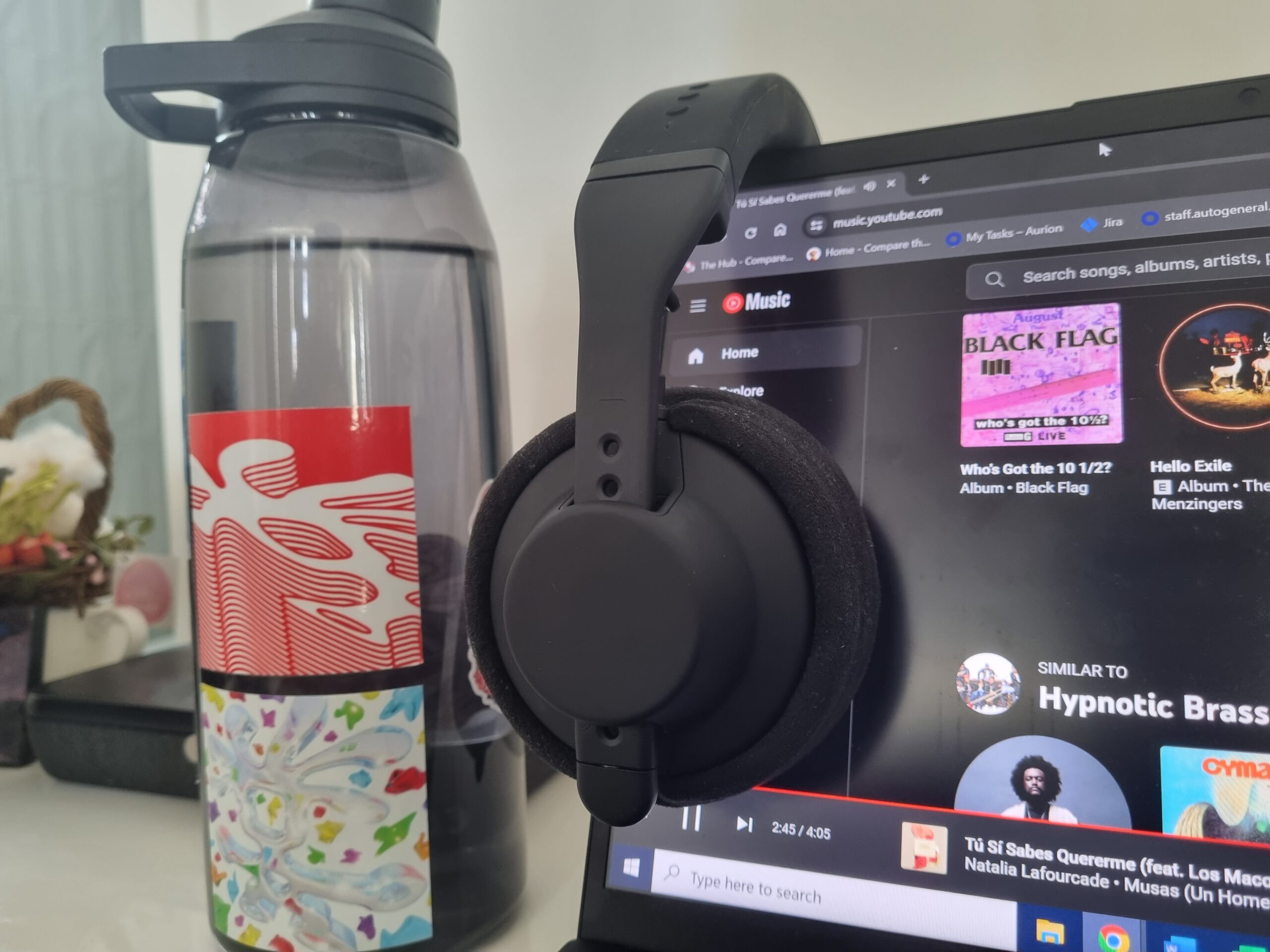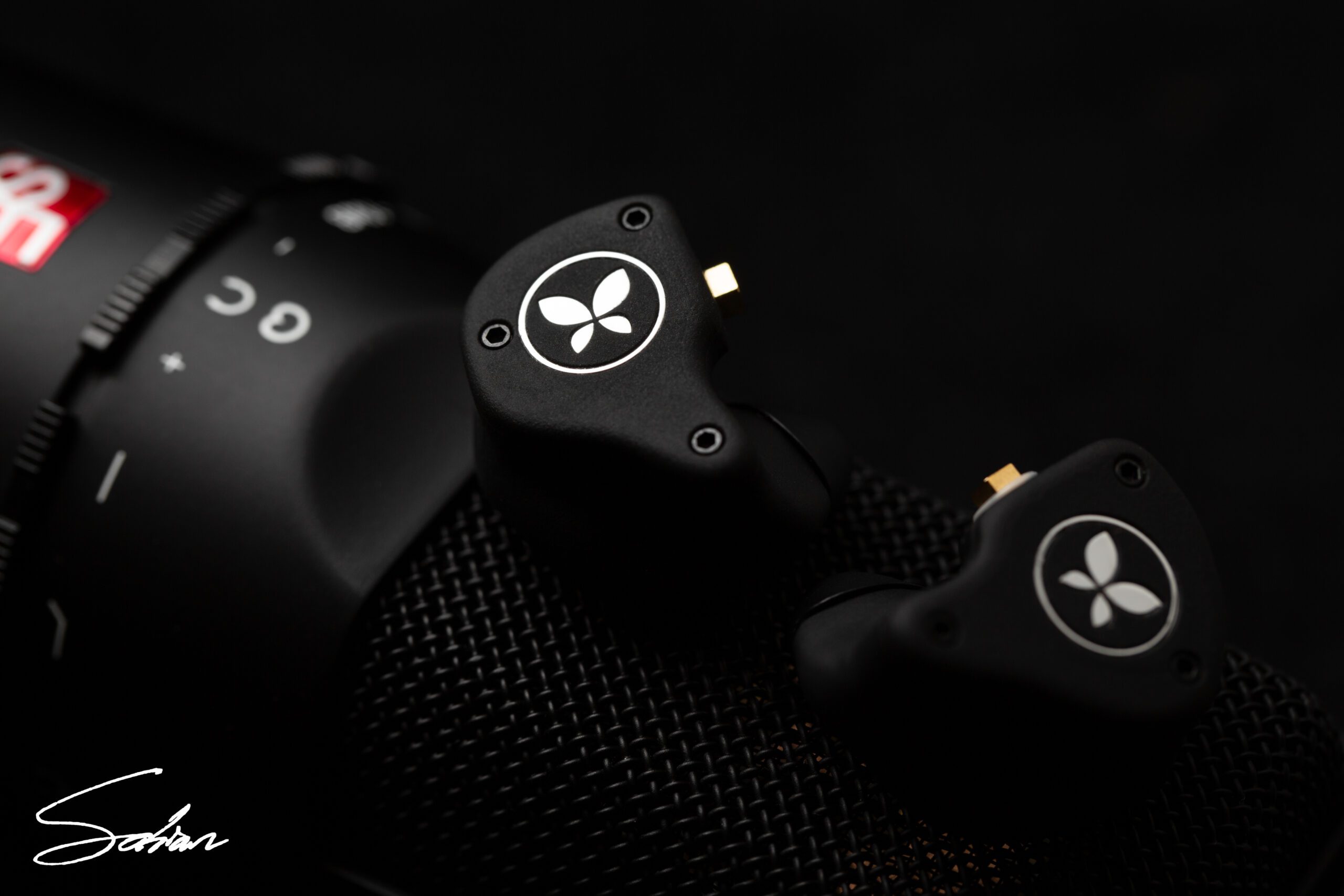Presentation
The Lime Ears Anima delivers what the brand have specialised in over the past decade: Smooth, silky, open sonics with gobs and gobs of air. Slight nudges to its sub-bass, centre-to-high-mids and high-treble add colour to what is a stable, linear, neutral-natural sig. Emil’s background in acoustics is on full display, as his new flagship boasts a towering stage, packed with equally-sized notes that make use of every inch. As far-fields tend to, the Anima’s instruments come with a slight sway; coming in a bit spread, instead of a sharp pop-in. It’s not an in-ear that’s pointedly precise in that way. But, it’s cleanly-layered still, thanks to its mature, effortless technique. Strong top-end extension amplifies clarity, separation and air; without the need for hard edges or prickly transients. Then, the same down low makes way for lively dynamics; ebbing and flowing at all times. As long as you don’t mind instruments that, despite being sharply-defined, spread wider and inch closer than what you’d consider neutral, there’s tons in the Anima’s encircling, holographic presentation to love.
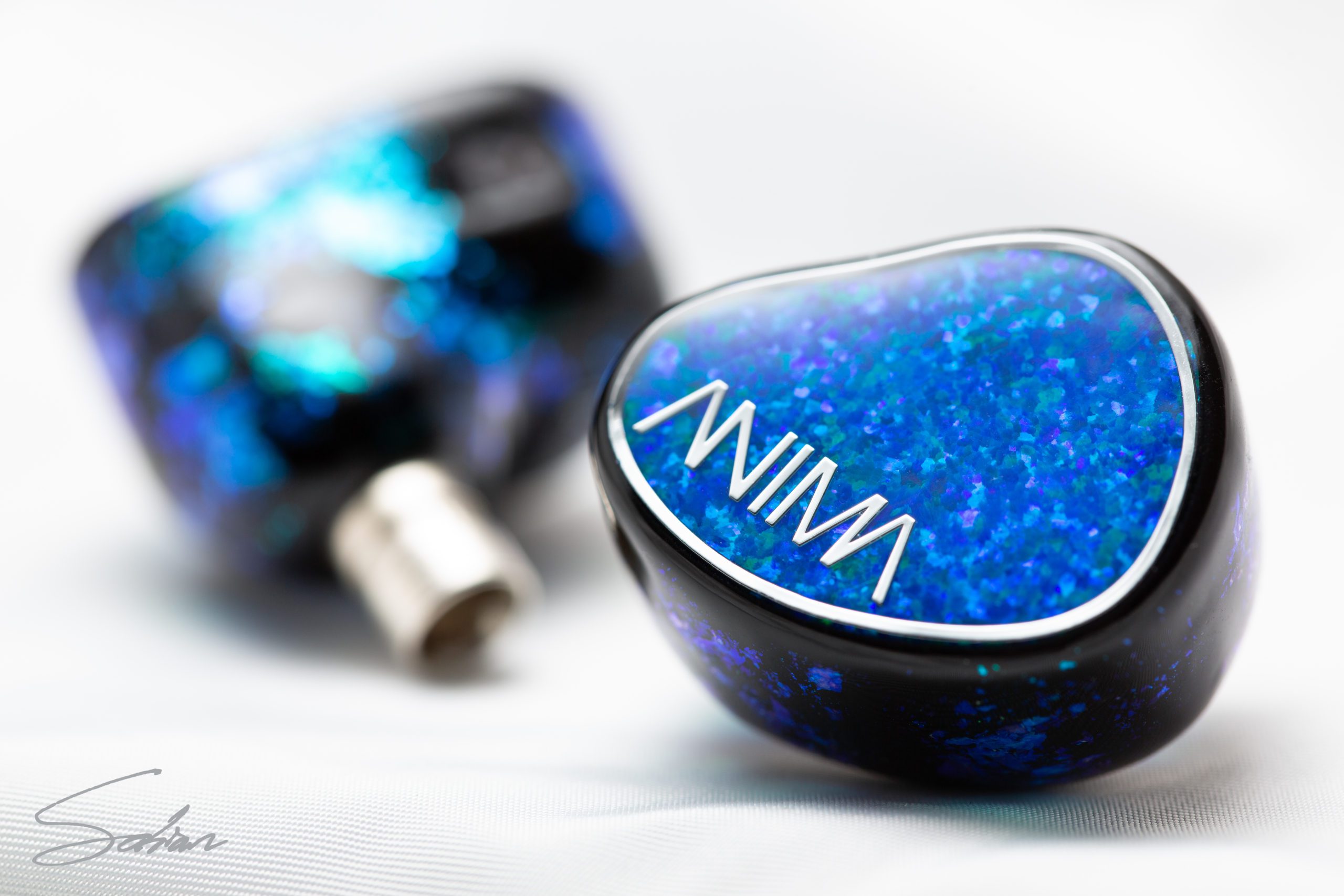
This width and size is bolstered by the Anima’s inherently natural-leaning tonality as well. Because of a healthy bottom-end, as well as a wetter lower-midrange, the Anima’s notes have some spread and body to them. They aren’t darkened or warmed per se, but they’ll leave trails as they leave the image, which, again, reinforces its speaker-like sound. So, its notes aren’t the tightest, nor are they the most clinical, but they probably weren’t meant to be either. Again, this’ll show in their size and their vibrance. The Anima’s open air provides a notable gleam (or lift) to violins, keys and female vocals. So, despite the monitor’s lighter attack, there’s still a bounce – a contrast – here that leans it closer to musical than flat. This lightness can prevent it from sounding ultra-earthy, rugged or heavy, though, despite the girth of its lows. So, keep that in mind if you’re used to monitors of that nature, especially ones with DDs for their midranges. This aside, however, the Anima’s vast picture makes way for sweet, radiant instruments that won’t go overboard in colour or in romanticism.
Bass
For the Anima, Emil’s taken the rarer approach of dedicating both a DD and BAs for the bass, and that’s created a low-end that I feel makes the best of both. From its DD, you get a sub-bass with proper, tactile thumps. And, although they, quantity-wise, are barely above its mids and highs, there is this particular focus or precision to the Anima’s diaphragm. As we all know, a hammer best hits a nail not when struck hardest, but when it lands right on the head. Similarly, the DD here strikes with well-paced, concentrated thuds, which let it cleanly, effectively cut through the mix. What the BA then brings is a tonality – a sound – to match that. From one 808 kick sample to the next, or one contra bass to another, their unique, identifying tones – their colours – come through clear as day. The marriage between the felt bass and the heard bass is one of the IEM’s highlights to me. Then, finished with just enough fuzz for analog’s sake, the Anima’s hybridised bass is one that perfectly fits its open, airy tone; multi-faceted, nostalgic and playful, yet consistently well-behaved too.
Technically, again, the Anima’s low-end chops are in direct support of its charismatic, revealing tonality. It extends aptly to provide the weight and tactility required to cut through the mix. Pumped loud enough, it’ll thump the chest with ease, but Lime Ears have considerately levelled it to simply deliver tight – yet, again, precise – digs at what I’d consider normal volumes. Clarity in tone is, again, one of its aces. Bass hits here aren’t same-y thumps or anonymous oomphs. There’s a sound – a distinct character – in every kick drum or kick sample, which, then, adds character to the track too. Size-wise, the lows continue to show transparency by growing and shrinking in tandem with the material. It won’t make cocktail kit kicks sound massive, and contra basses won’t slam like EDM drops will. They’re all mix-appropriate. So, all in all, while it probably won’t topple the big hitters in raw cranial tremor, the blend of physicality and melody present in these lows truly is unique. Ideal for varied playlists, it’s this mix of tactility and an analog tonality that make the Anima’s bass a standout.
Midrange
The Anima’s midrange is Lime Ears through and through: Expressive, well-rounded, clear and – here, especially – amply airy. The in-ear surrounds its midrange with lots of clean headroom, which allow it to breathe and ebb more than Emil’s flagships previously have. So, when Joe Satriani comes in on Cory Wong’s Massive, or when Steve Lukather does so on Mark Lettieri’s Stargazer, the Anima is able to reproduce that initial swell (or roar) without saturating or overstuffing the image. Similarly, pianos and string sections in classical music are allowed to grow from infancy to climax with that same freedom. It also speaks to the mids’ dynamics, which give it that bounce and giddy I talked about in Presentation; a lift off of flat. Further bolstering that is the midrange’s projection and its size. As I said in that section too, the Anima’s notes will make full use of its stage, and it’s because they’re on the larger, slightly-more forwardly side. So, keep that in mind if your tastes prefer otherwise. All in all, this is a breathing, ebbing midrange with vibrance, clarity and a sweet charm at all times.
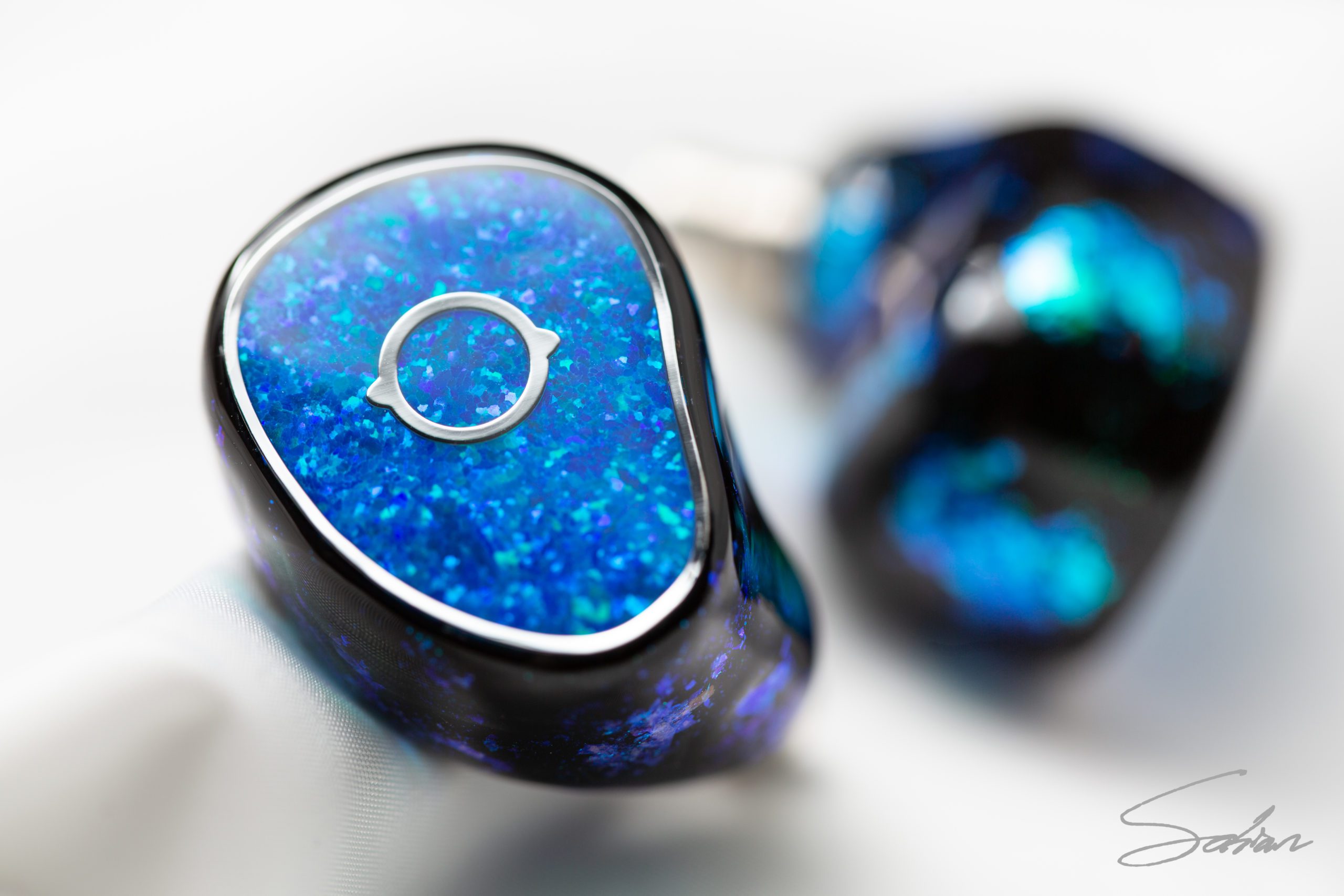
That charm comes straight from its radiant tonality, which climbs steadily from the lower-mids to 2-3kHz. Because it is a concave rise, it’ll pick up a nice amount of low- and centre-mid energy along the way. Instruments aren’t raspy, plasticky or thin. There’s a wetness that’ll round them out, then bridge them naturally to the lows and highs. That transition to the top-end, by the way, is superbly done as well. It’ll taper a touch toward 4-5kHz, which dampens those fatiguing, stab-y or brass-y notes. So, in addition to the foundation or support of the low-mids, the instruments you hear will come across chesty and nicely-rounded. Their attacking energy will largely come from the top-end. Again, however, the only trait this midrange won’t exceed in is earthiness or weight. It won’t quite nail that solid, gritty texture that DDs do, despite trading blows in dynamism (or explosiveness) and resolution. Diehards of that sound may find the Anima’s mids a hair closer to 2.5D than 3D. Still, it’s a TOTL-tier midrange through and through, with Lime Ears’ classic clear, resonant tone to match.
Treble
In a telling parallel to its hybridised design, there’s an interesting duality to the Anima’s treble; somewhere between the weighty glitz of a BA and the sandy, misty, almost wraith-like wisps of an EST. The blend results in highs that stand out and blend in at the same time. To see why, we must start with the BAs. In an ode to his classic Aether, Emil starts with a light 5kHz rise to give hi-hats, snares and the like their quintessential crackle or snap. Then, comes a mellower 6-8kHz range to mute any sizzles or glares. It lends the top-end a crucial warmth, so dryness is never an issue. And, tracks like Animals as Leaders’ Gordian Naught, which contain cymbals and stacks of varying textures, can have all those colours come through as honestly as possible. The treble also has good weight to it, as well as a natural pace, and that’s where the blend bit comes in. The BAs, in a way, bring the ethereal-sounding e-stats down to earth, meshing them nicely with the midrange and the low-end by bridging the speed gap, then producing the solid ticks and tacks those tweeters can’t.
With that foundation of the BAs nicely laid, the ESTs can do what they do best: Deliver a light, floaty, ethereal quality to the in-ear, and guarantee a pristine space for notes to reside in. The height and width it lends the image is outstanding, and so is its holography. Cymbals almost float freely, and they’re panned with good spread too. A key component of this definition, though, is a fairly generous high-treble, which is where stand out comes in. The Anima’s backdrop will always have this light mist to it. Like a TV with a little backlight bleed, its blacks aren’t true blacks, if you get what I mean. It also locks in a hi-fi sound to the monitor. Don’t get me wrong, this won’t add sibilance or harshness in any way. But, whether you’re playing a clean, modern track, or a warm, rolled-off one from the 70’s, they’ll always have that hi-fi crispness or air to them. Sounding vintage or mellow is a tough ask here, unless you play with tips, as mentioned in the first page. So, topping off the Anima’s zany set-up, the ESTs bring the size, clarity and air you’d expect, along with its own distinct hue.
Power
A crucial thing to note with the Anima is that it’s slightly power-hungry. It isn’t to the degree of the Vision Ears ELYSIUM or the Empire Ears Wraith, which, to many, needed desktop amps to sound their best. Here, I found my Lotoo PAW Gold Touch to barely fall short. I heard a little bit of compression in the treble, which closed the image in a bit, and restricted the openness and headroom we talked about above. It became a slightly duller, slightly smaller UIEM. But, moving onto my Cayin N6iiTi (or the N6ii with the R01 board), the IEM instantly opened up. It had a much higher ceiling dynamically, as if a weight was taken off its chest; it could finally breathe. So, you needn’t a desktop (or even portable) amp to drive the Anima. A modern, higher-end DAP ought to suffice, but it remains a point of consideration with this IEM nonetheless.
General Recommendations
The Anima’s vast, wall-of-sound-style presentation lends it a unique sound among flagships, especially mixed in with Lime Ears’ airy, lively house sound. Down here are three of the earphone’s attributes, which separate it from its peers:

A miniaturised speaker-like sound: Terms like speaker-like or headphone-like have often been used to praise an IEM for having a large, out-of-head stage. In the Anima’s case specifically, I’m more so using it to describe how its notes look, how they interact with each other and how they interact with the stage. The Anima’s instruments are large, and they’ll interact with each other in a cross-feed-y way. Despite their sharp definition and separation, they will spread out and mingle. So, if you’re looking for that immersive, all-around-you experience in in-ear format, the Anima’s a strong option.
Neutral-naturalness with a fun lift: The Anima is a light w-shape away from a plainly neutral-natural sig. Its frequency response flows together nicely as a whole, but it’s got little bumps across the sub-bass, the high-mids and high-treble to lend its dynamics a light lift; a light bounce. So, if you want a flagship with all the definition, authority and resolution you’d expect to find, but with a bit more flavour than your more reference-y fare, the Anima is among those to consider.
A well-married, hybridised low-end: Emil’s DD+BA woofer set-up have given the Anima a low-end with the best of both driver types. You get that tactile, chest-hitting thump from the former, then a rich, revealing tone from the latter. That’ll result in a jack-of-all-trades bass that, though won’t lean one way or the other, is the ideal for more colourful playlists.
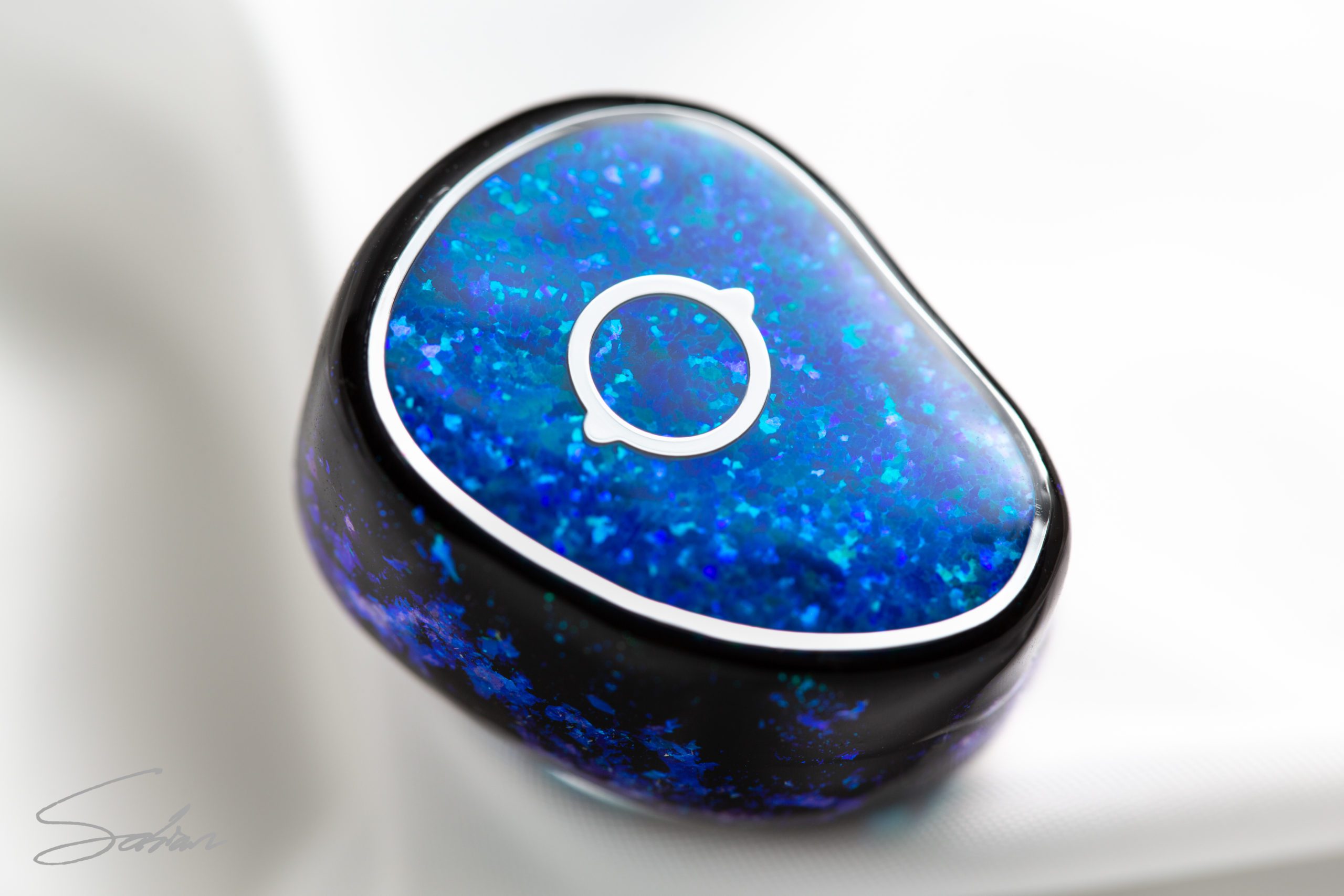
Its occasional detours from your quintessential reference monitor does result in traits that may not be desirable for all, though. So, if you need any of the following traits in your next flagship IEM, Lime Ears’ Anima may not be an ideal pick:
Tiny, compact, more distantly-positioned instruments: The Anima has a penchant for big instruments that project with quite a bit of vibrance. So, despite its vast stage and headroom, instruments won’t seem two or three rows away. So, if you’re after that concert-like presentation with smaller, less-interweaved notes, the Anima probably isn’t the IEM to get.
A rugged, wholly-tactile and three-dimensional midrange: Although the Anima’s midrange is impressive in resolution, in tone and in dynamics, it won’t go the extra mile in terms of physicality or solidity. It won’t have that leap-miles-off-the-backdrop quality that monitors with DDs for their midranges tend to possess. It’s an outstanding BA midrange, but a BA midrange it is nonetheless. So, if that quality is one of your absolute, top priorities, then the Anima just might fall short.
Feathered, tapered or more analog high-highs: The key contributor to the Anima’s clarity and headroom is its superbly-airy and open upper-treble. However, it does bring this crisp, hi-fi colouration to every track it plays. Even if it’s an old, rolled-off record from the 70s, it’ll have this modern airiness, which may not be ideal for purists. So, if you need your in-ear to be able to sound lo-fi or soft when need be, the Anima may not have been designed with those scenarios in mind.

